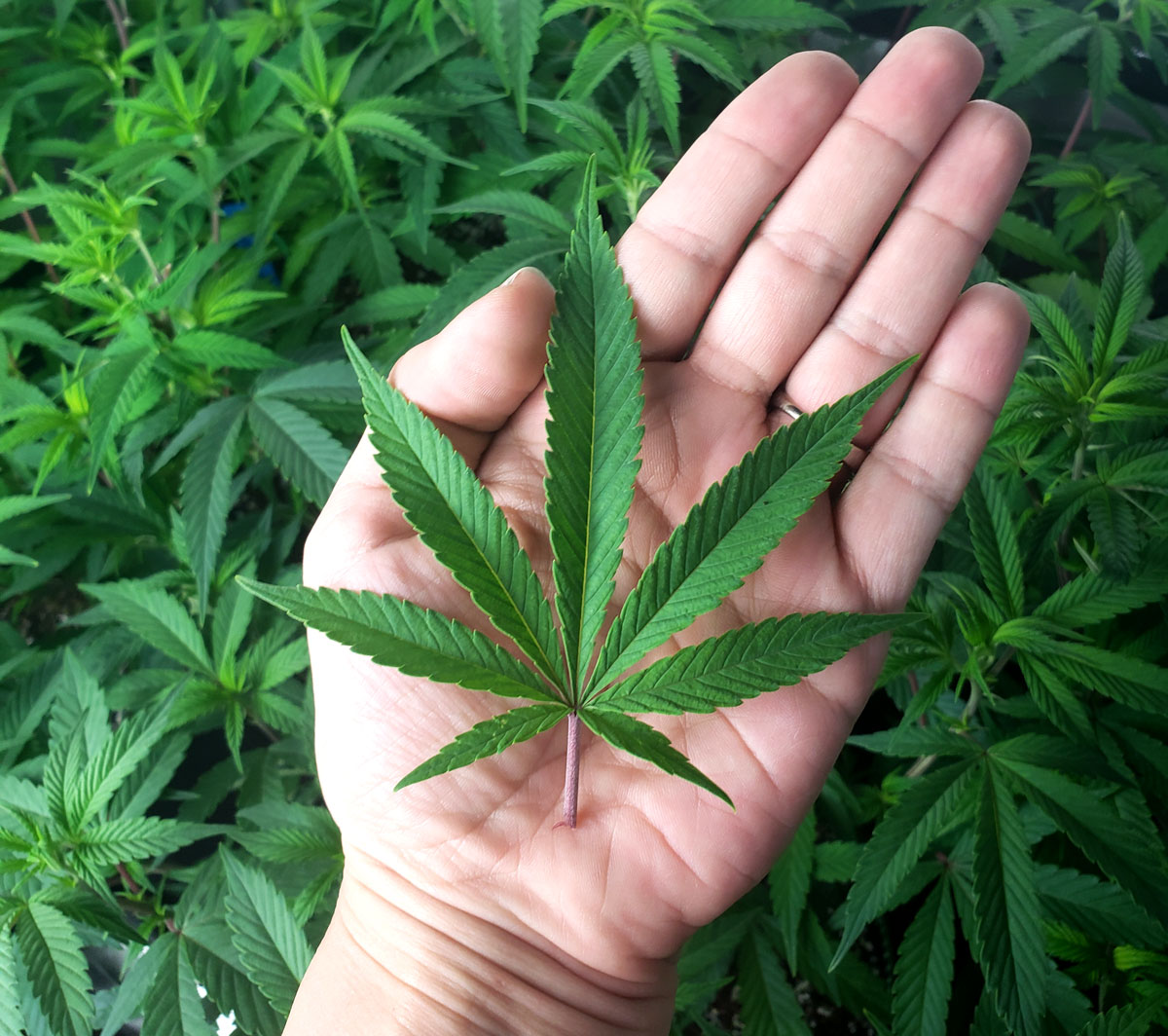We have discussed the color effects on plant growth. Light spectra will affect plant growth in different ways depending on environmental conditions, plant species, etc. Typically, chlorophyll, the molecule in plants responsible for converting light energy into chemical energy, absorbs most light in the blue and red spectra—both of which are found in the peaks of the 400-700 nm PAR range—for photosynthesis.
Red Light
Phytochromes, which are the principal receptors for light in the red/far-red region of the spectrum (600–750 nm), play an essential role in regulating seed germination, the blooming cycle, root development, and shade avoidance. In green plants, light is a crucial factor in determining the establishment of an emergent seedling. Maximizing photosynthesis using supplementary lighting rich in the red/far-red spectral region during early development and/or under dense canopies can be critical for seedling survival.
Red light spectrum (600-700nm) is considered the most efficient at driving photosynthesis—especially in the flowering stage for biomass growth, which is particularly important to cannabis growers—as it’s highly absorbed by chlorophyll pigments. Red light wavelengths (particularly around deep red 660nm, since that’s where a plant senses bright sunlight exposure and its chlorophyll absorption peaks) encourage stem, leaf, and general vegetative growth—and especially the elongation of leaves and onset of flowers.
Far-red light spectrum (700-850 nm) can also affect plant growth; one way is by initiating a shade-avoidance response. From 730nm and beyond, there is a higher ratio of far-red to red light, and so if a plant detects “shade” from another plant or leaves higher up the canopy, then elongation of its own stems and leaves occurs.
Far-red can also promote flowering, and in certain plants, has been shown to increase fruit yield. In short-day plants like cannabis, which rely on longer periods of darkness, 730nm can be used at the end of a light cycle to promote flowering. Many growers are experimenting with interrupting the dark cycle with bursts of red light to boost growth and flowering.
Blue Light
Blue light spectrum (400-500 nm) is widely responsible for increasing plant quality, especially in leafy crops. It promotes the stomatal opening, which regulates a plant’s retention of water and allows more CO2 to enter the leaves. This can affect leaf movement, leading to flatter and expanded leaves, which results in a more efficient surface for light absorption.
Blue light also drives peak chlorophyll pigment absorption (peaking at 439 nm and 469 nm), required for photosynthesis. The 400-500 nm blue light spectrum is essential for seedlings and young plants during vegetative stages as they establish a healthy root and stem structure—and especially important for reducing stem stretching when necessary.
In addition, blue wavelengths affect phototropism (the orientation of the plant in response to light, either towards or away from the light source).
Broad Spectrum (White) Light
The ideal grow light spectrum for plants depends on several factors. In some crops, blue light can benefit nutritional levels and coloring, while a higher red to far-red ratio can help with leaf size and flowering. While red is generally the most responsive light spectrum for plants, it’s important to note that its efficacy really steps in when in combination with other PAR wavelengths. A balanced pairing with blue light is necessary to counteract any overstretching, like disfigured stem elongation. Certain plants (such as cannabis) use not only the 400-700 nm PAR-spectrum light for photosynthesis, but also the wavelengths outside of this range.
Individual light combinations should therefore be adjustable throughout the life of a plant to optimize desired traits. Broad spectrum white lighting—often referred to as full spectrum lighting—means the complete spectrum of light given by sunlight. This means that the wavelengths of broad spectrum lighting include not just the visible 380-740nm wavelength range (which we perceive as color), but also invisible wavelengths such as infrared (IR) and ultraviolet (UV). Effective broad spectrum light can help accelerate flowering, increase nutrition, and speed up the rate of growth.
By using full spectrum LEDs to select the exact quantities of red and blue light, chlorophyll pigments can absorb more of the light that they need. This means that when used strategically, bigger leaves and better flowering periods can occur without unnecessary stress.
Aokairuisi LED grow lights are available in various styles and sizes for a range of crop growing environments—whether indoor open-bed, indoor top light, vertical farming, or greenhouses. Here are some of the many benefits of Aokairuisi LED grow light solutions:
- Superior PAR output, photon efficacy, and light uniformity;
- Scientifically engineered spectrum for optimal PAR photon efficacy and plant growth;
- Fully assembled, CE and UL listed, and durable industrial grade construction;
- Enhanced crop yield and quality;
- Total energy usage reduced by more than 50%;
- More than 50000 hours lifetime, with no lamp changes;
- Superior light delivery over the life of the fixture;
- Dimmable for all phases of plant growth/production.

